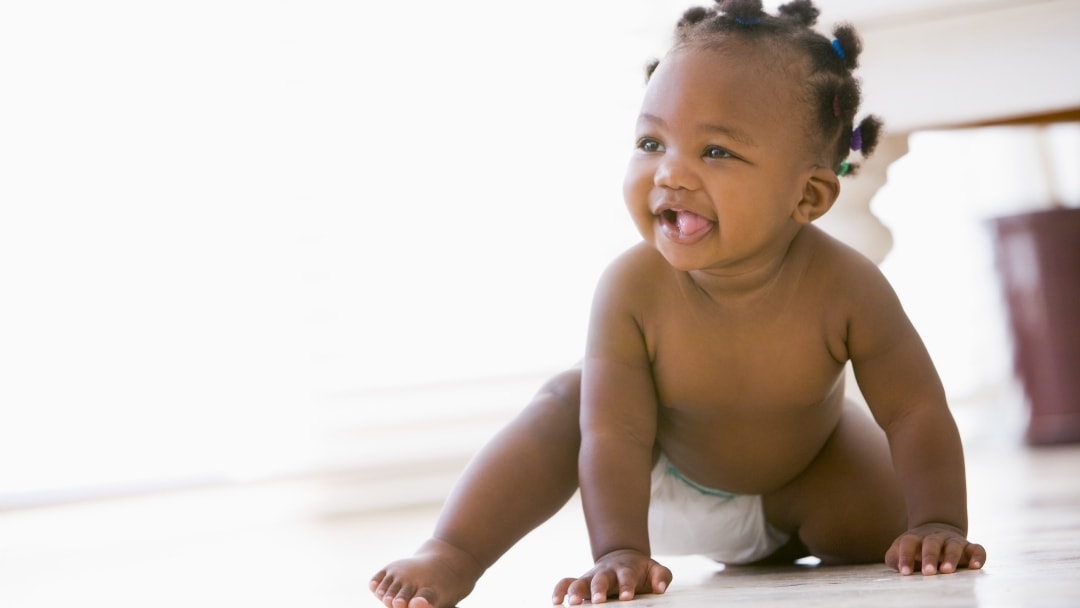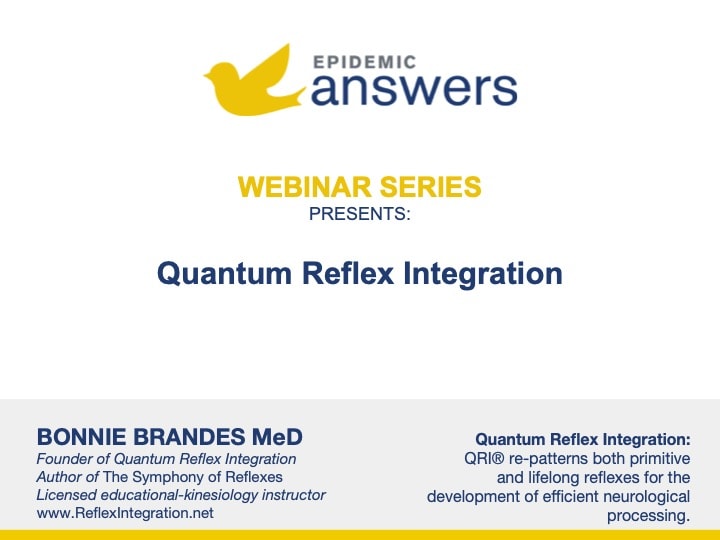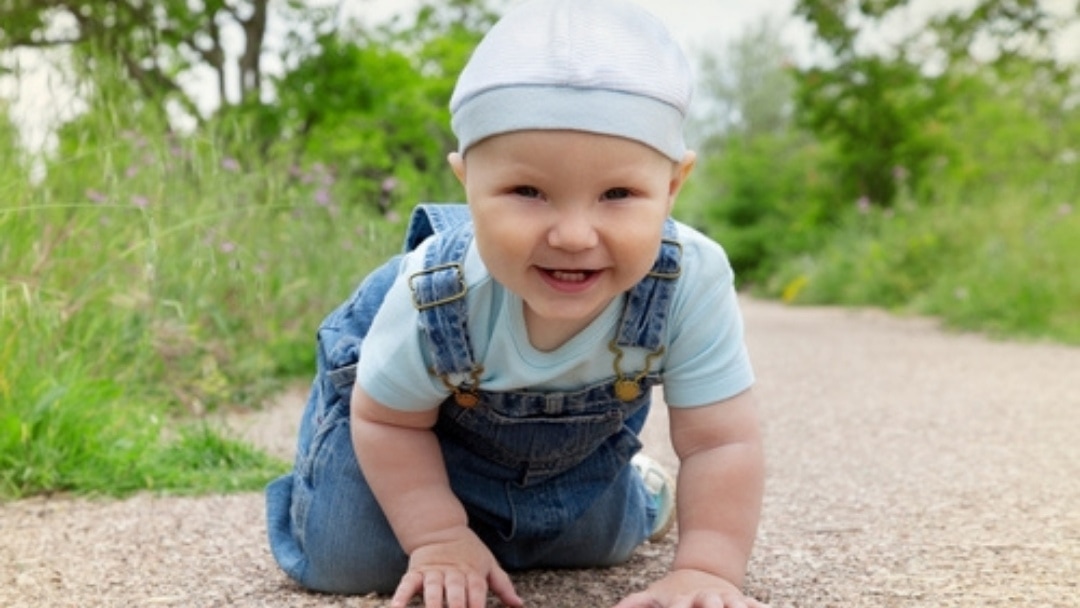We interviewed Sonia Story about neurodevelopmental movement for optimal sensory processing. When most people think of movements to help the brain, they may automatically think of cross-pattern or crawling movements. However, there are a large number of foundational brain-based movements from infancy that come before crawling that many children are missing.
This missing neurodevelopmental movement — the innate, automatic movement that babies do in the womb and early infancy — can cause gaps in sensory processing. Because movement drives the growth of our brain and nervous system, children who lack this movement can suffer from an underdeveloped, immature neuro-sensory-motor system.
Most children with neurodevelopmental disorders are more likely to be missing neurodevelopmental movement. Neurodevelopmental disorders include:
Completion of neurodevelopmental movement can lead to:
- More brain maturity
- Better posture
- More strength
- Better focus
- Better impulse control
- Better emotional regulation
- Better sensory processing
- More calm
- Greater ability to communicate
- Easier learning
- Better balance
- Deeper sense ease within the body
Please note that you will be asked to enter your email address at the 30-minute mark to finish viewing the video.
About Sonia Story
 Sonia Story is the creator of Brain and Sensory Foundations for therapists, parents and specialists. She has earned certification in Rhythmic Movement Training™ and is a former RMTi consultant and instructor of RMT Levels 1, 2 and 3. She has trained directly with:
Sonia Story is the creator of Brain and Sensory Foundations for therapists, parents and specialists. She has earned certification in Rhythmic Movement Training™ and is a former RMTi consultant and instructor of RMT Levels 1, 2 and 3. She has trained directly with:
- Psychiatrist Harald Blomberg, MD and master kinesiologist, Moira Dempsey, founders of Rhythmic Movement Training™
- Jon Bredal, creator of Heal the Child
- Svetlana Masgutova, PhD and Pamela Curlee of Masgutova Neuro-sensory-motor & Reflex Integration program (MNRI)
- Bill Hubert of Bal-A-Vis-X
- O. Fred Donaldson, PhD, author and developer of the Original Play Playshops
Sonia has instructor-level training in Brain Gym® and has training in the Nurtured Heart Approach, by Howard Glasser. In addition, Sonia has studied numerous methods of Reflex Integration and has further training in Developmental Movement, Balametrics, Nonviolent Communication, and Storytelling with Children. Her website is MovePlayThrive.org
Disclaimer
This webinar is not a substitute for medical advice, treatment, diagnosis, or consultation with a medical professional. It is intended for general informational purposes only and should not be relied on to make determinations related to treatment of a medical condition. Epidemic Answers has not verified and does not guaranty the accuracy of the information provided in this webinar.
Still Looking for Answers?
Visit the Epidemic Answers Practitioner Directory to find a practitioner near you.
Join us inside our online membership community for parents, Healing Together, where you’ll find even more healing resources, expert guidance, and a community to support you every step of your child’s healing journey.
Sources & References
Amos, P. Rhythm and timing in autism: learning to dance. Front Integr Neurosci. 2013 Apr 19;7:27.
Barnhill, E. Neural connectivity, music, and movement: a response to Pat Amos. Front Integr Neurosci. 2013 Apr 24;7:29.
Cho, H., et al. Effects of Action Observation Training with Auditory Stimulation on Static and Dynamic Balance in Chronic Stroke Patients. J Stroke Cerebrovasc Dis. 2020 May;29(5):104775.
Grigg, T.M., et al. Retained primitive reflexes: Perceptions of parents who have used Rhythmic Movement Training with their children. J Child Health Care. 2018 Sep;22(3):406-418.
Grzywniak, C. Integration exercise programme for children with learning difficulties who have preserved vestigial primitive reflexes. Acta Neuropsychologica. 2017;15(3).
Hardy, M.W., et al. Rhythm, movement, and autism: using rhythmic rehabilitation research as a model for autism. Front Integr Neurosci. 2013 Mar 28;7:19.
Herbert, J., et al. Crawling is associated with more flexible memory retrieval by 9-month-old infants. Dev Sci. 2007 Mar;10(2):183-9.
Hong, H.J., et al. Effect of Rhythmic Movement Program to Improve Walking Ability for Elderly Patients with Stroke. Indian Journal of Science and Technology. 2016 Jul;9(26).
Iverson, J.M. Developing language in a developing body: the relationship between motor development and language development. J Child Lang. 2010 Mar;37(2):229-61.
Jordan-Black, J. The effects of the Primary Movement programme on the academic performance of children attending ordinary primary school. Journal of Research in Special Educational Needs. 2005 Nov;5(3):101 – 111.
Kadivar, Z., et al. Effect of step training and rhythmic auditory stimulation on functional performance in Parkinson patients. Neurorehabil Neural Repair. 2011 Sep;25(7):626-35.
Ladányi, K. et al. Is atypical rhythm a risk factor for developmental speech and language disorders? Wiley Interdiscip Rev Cogn Sci. 2020 Sep;11(5):e1528.
Lakatos, P., et al. A New Unifying Account of the Roles of Neuronal Entrainment. Curr Biol. 2019 Sep 23;29(18):R890-R905.
McWhirter, K., et al. The association between learning disorders, motor function, and primitive reflexes in pre-school children: A systematic review. J Child Health Care. 2022 Jul 13;13674935221114187.
Melillo, R., et al. Persistent Childhood Primitive Reflex Reduction Effects on Cognitive, Sensorimotor, and Academic Performance in ADHD. Front Public Health. 2020 Nov 17;8:431835.
Suh, J.H., et al. Effect of rhythmic auditory stimulation on gait and balance in hemiplegic stroke patients. NeuroRehabilitation. 2014;34(1):193-9.
Van Hirtum, T., et al. Is atypical rhythm a riskfactor for developmental speech and language disorders? J Assoc Res Otolaryngol. 2021 Jul;22(4):465-480.
Winkler, I., et al. Newborn infants detect the beat in music. Proc Natl Acad Sci U S A. 2009 Feb 17;106(7):2468-71.
Zaigham, M., et al. Prelabour caesarean section and neurodevelopmental outcome at 4 and 12 months of age: an observational study. BMC Pregnancy and Childbirth. 2020 (20)564.
Zentner, M., et al. Rhythmic engagement with music in infancy. Proc Natl Acad Sci U S A. 2010 Mar 30;107(13):5768-73.
Resources
Books
Blomberg MD, Harald and Dempsey, Moira. Movements That Heal, Rhythmic Movement Training and Primitive Reflex Integration. Independenly published, 2011.
Brandes, Bonnie. The Symphony of Reflexes: Interventions for Human Development, Autism, ADHD, CP, and Other Neurological Disorders. CreateSpace Independent Publishing Platform, 2016.
Goddard Blythe, Sally. The Well Balanced Child: Movement and Early Learning. Hawthorn Press, 2005.
Goddard, Sally. Reflexes, Learning and Behavior, A Window Into the Child’s Mind. Fern Ridge Press, 2005.
Websites
Balance Brain Achievement Centers
Institute for Neuro-Physiological Psychology
My Child Will Thrive: Primitive Reflexes Cheat Sheet



